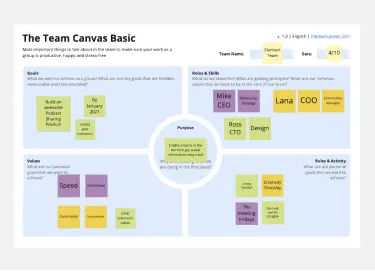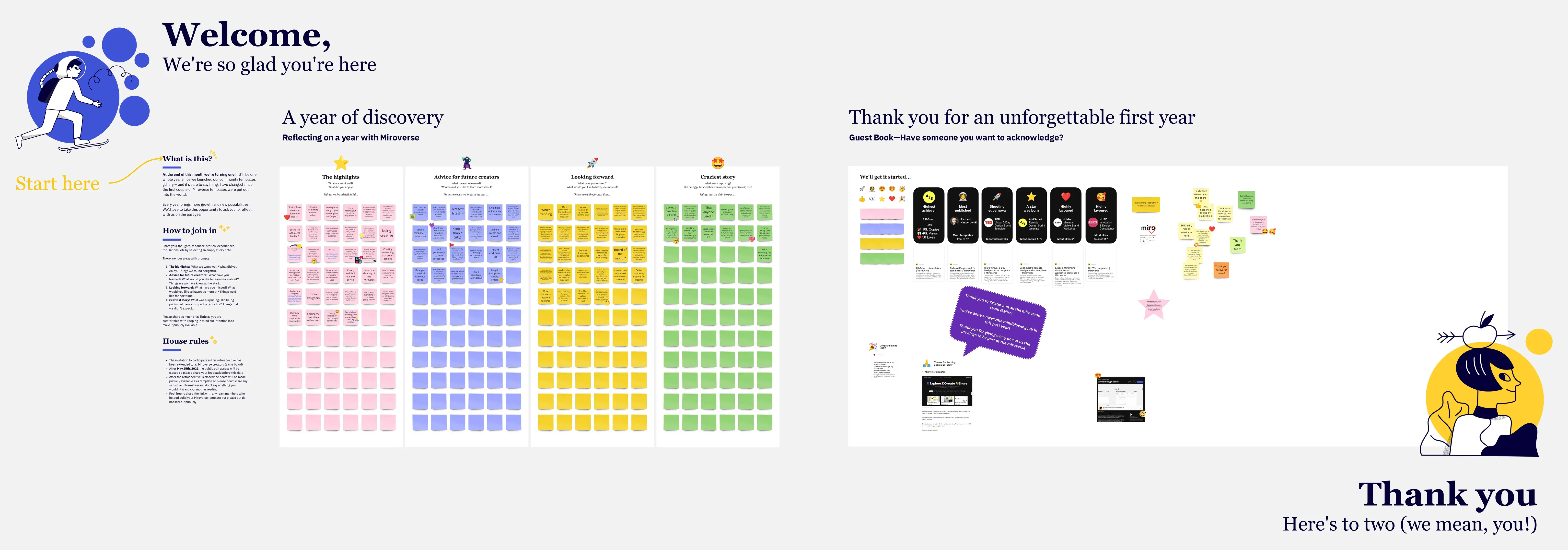Team Ceremonies/Meeting
Incorporating a team activity into meetings can have significant benefits, such as improving team cohesion, fostering creativity, and promoting open communication. Here's why you should consider including them, along with guidance on structure and logistics:
Why Have Team Activities?
Builds Relationships: Activities break down barriers, helping team members connect on a personal level. This builds trust and camaraderie.
Boosts Engagement: Including fun or thought-provoking activities energizes participants, making meetings more dynamic and productive.
Encourages Collaboration: Activities often involve problem-solving or creative thinking, fostering teamwork and cooperation.
Improves Morale: Engaging, lighthearted moments can alleviate stress and enhance workplace satisfaction.
Reinforces Shared Goals: Group activities can center around the team’s purpose, reminding everyone of their shared mission.
Categories
Similar templates






